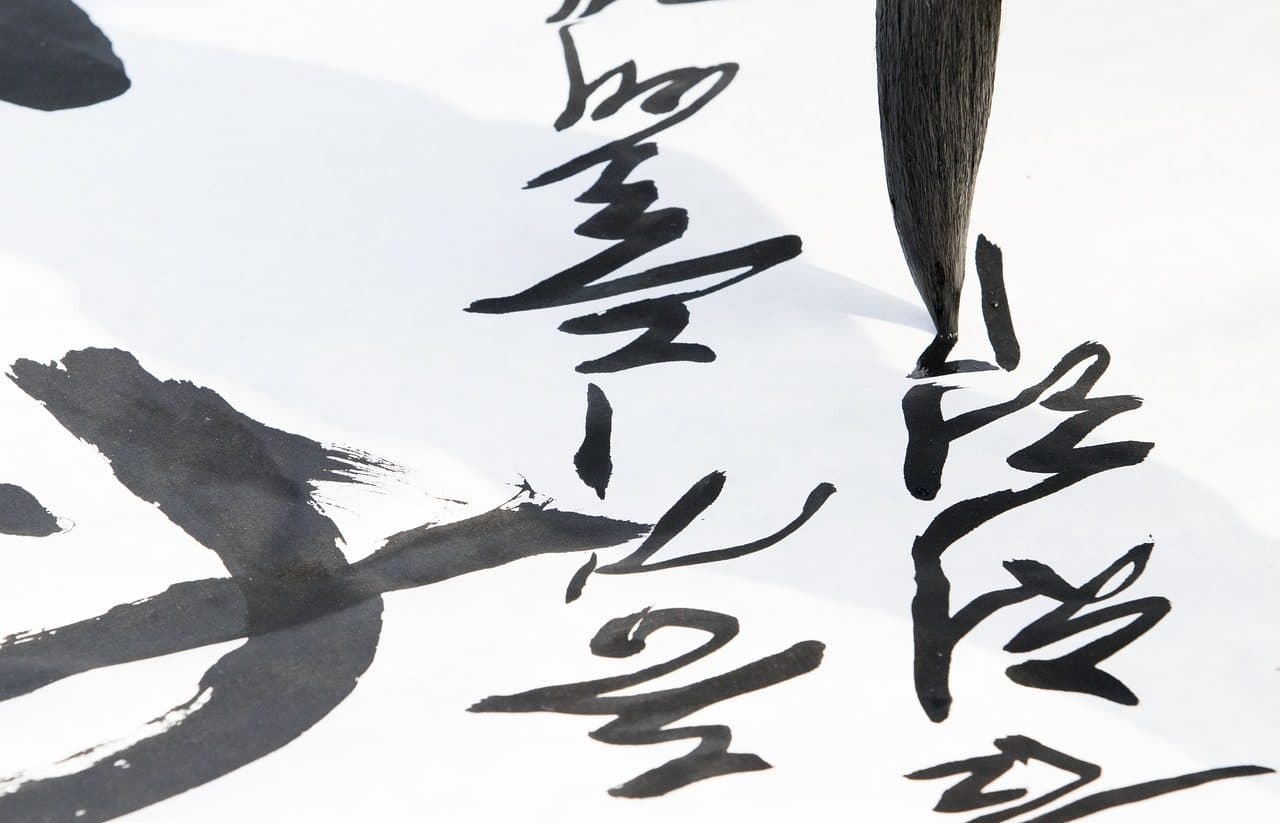
Chinese ink comes from charcoal or soot.
Chinese ink is a dye made with carbon black , according to what is detailed in the dictionary of the Royal Spanish Academy ( RAE ). This ink is produced with soot from hydrocarbons or with charcoal fragments derived from non-resinous trees.
Non-resinous trees are those whose wood does not produce resin , a secretion that offers protection against infections of different kinds, such as those that come from insects or fungi. In addition to Chinese ink , the wood of these trees is widely used for carpentry and joinery work, as well as in the form of firewood to light a fire to cook food or to take advantage of its heat.
A binder and water are added to these black pigments to form traditional Chinese ink, which began to be used in China in the 3rd century BC , then reached Japan and finally spread throughout the world .
Chinese ink and Sumi-e
Chinese ink is usually used in the calligraphy of China and Japan , but also for the development of drawings . The technique known as Suiboku or Sumi-e , for example, is based on the use of Chinese ink.
Sumi-e was born in China during the Tang dynasty, between the years 618 and 907 , by the masters Wang Wei and Wu Daozi . In the mid- 10th century , in the Song Dynasty, it was officially recognized as a style and used by painters such as Liang Kai , Ma Yuan and Hsia Kuei . Only in the 13th century did Sumi-e reach Japan , where many artists from the country of the rising sun adopted it, among whom were Soga Jasoku , Musashi , Sesshu and Shubun .
The Zen monks Sengai and Hakui , for their part, used it to practice meditation since they realized that the discipline necessary to master this technique was such that they had to practice with great dedication and this was suitable for enriching their spirit. The aspect that they especially valued was the possibility of using all the shades ranging from pure black to the lightest gray, with which they could express a wide range of feelings.
To master Sumi-e it is necessary to learn to put aside those ideas and impositions that try to dominate us, that judge every step we take and limit our creativity and our personal development. When taking the brush we must shed our fears and become receptive to our surroundings, connecting with our interior without allowing any barrier to come between us and the paper.
That said, it is easy to understand why many consider Sumi-e much more than a Chinese ink painting technique and place it in the category of self-knowledge and relaxation therapy.

Chinese ink began to be used in the 3rd century BC.
Storage and marketing
While in ancient times India ink was prepared at the time of use, today it is possible to purchase bottles with India ink already prepared and ready to use. It is a rather dense substance.
One of its main characteristics is that it is inert from a chemical point of view: the sun's rays do not modify it. This means that, despite the passage of time , the lines made with Chinese ink do not fade .
Chinese ink to cure shingles
As a curiosity, we can mention that magical properties have even been attributed to Indian ink: there are those who maintain that it can cure herpes zoster , the viral disease also known as shingles , by “enclosing” the virus with its strokes.
Medicine, however, explains that the treatment of shingles can only be palliative and must be carried out with antivirals and analgesics to minimize the effect of the symptoms.
